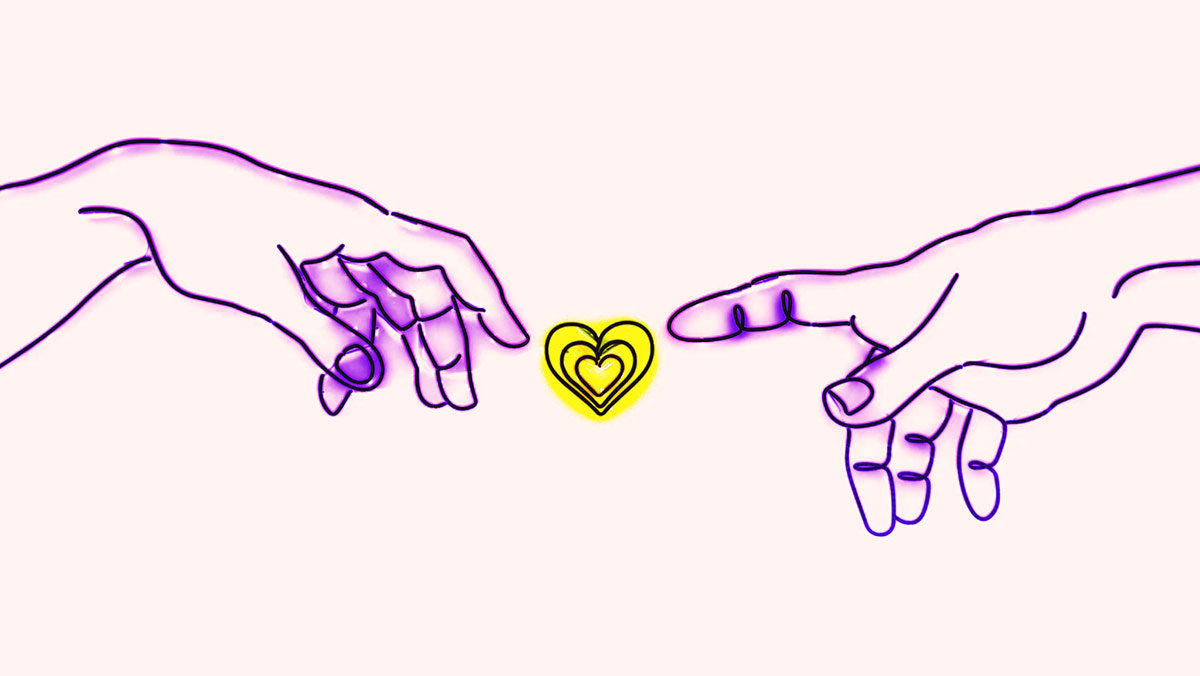
It’s that time when lots of businesses slow down, reflect, and reapportion some of their efforts and resources ahead of a new year. For many, January represents a clean slate. As 2020 heralds the beginning of a fresh decade too, the chances of organizations pressing the ‘reset’ button this month, are perhaps even more likely.
The challenge during any such period of change — whether incremental or revolutionary — is to first define exactly what needs to be adjusted, before establishing and sustaining any newly-conceptualized behaviors so that they become the norm. Different processes can take time to embed, but without making a concerted commitment to stick with them, they will soon fall by the wayside, much like the traditional New Year resolutions we make in our personal lives.
So, what does this all have to do with the brand?
The process of reinvention
Firstly — in line with the reset phase outlined above — this could be the turning point when a business decides it needs to almost ‘reinvent’ itself. And, of course, revisiting and either fine-tuning or completely overhauling the look and feel of the organization could go some way to supporting this process.
A seemingly simple enhancement to a company’s visual identity may offer the ‘facelift’ a management team is looking for, certainly at first glance. And if the objective is to achieve nothing more than a logo refresh, fine. But, as designers, we know that this exercise would be almost completely disconnected from any ability to bring about company performance improvements or cultural change.
‘Version2.whatever’ of a logo will not suddenly make a colleague more energized to come to work. It won’t address any ongoing customer service complaints. It won’t help to seriously attack market share or drive better competitiveness. It probably won’t even make employees or customers that much more excited about the business.
Yes, like a campaign, it may capture some initial attention. But it risks feeling like an empty gesture. So, if the premise of a new year reset is to bring about a strategic shift on any level, far more work is required. It is imperative that anyone driving the ‘reset’ is aware of this.
The link to attitudes
If the reset is intended to help reposition the organization or reframe the opinions that exist surrounding its existence, the process must delve much deeper and ideally involve a wide spectrum of stakeholders who can really add value to what happens next.
A previous Brandingmag piece talked about the 3Ps that form the bedrock of brand — and arguably organizational cultures on the whole — and these same 3Ps have a crucial role to play here. If fresh brand-related thinking is to really help shift in-house attitudes, or external ones too for that matter, the organization must truly revisit its sense of purpose, the principles which guide how the business is run, and the personality which defines how the company is known.
A human-centered approach is crucial in this respect. Good design is about understanding people, after all, so it is important to get closer to the needs of both customers and colleagues — not just management teams — during any problem-solving process.
This exploratory process itself takes time, and any changes implemented as a result will only add to this. The reset project may look at the external manifestations of the brand, such as language, visual assets, and even the physical characteristics of the working environment. But elements such as team structures, operational processes, service design, and company values could also be evaluated.
The greater the magnitude of the change, the longer it could take for any real attitudinal shifts to consequently take shape. So, the beginning of the year may be the catalyst for the process, but it is unlikely to also be the time when any resolutions are designed.
Image source: Devin Avery
